On the 17th of April each year we celebrate Bat Appreciation Day, so I thought we could go all batty for bats in this week’s blog.
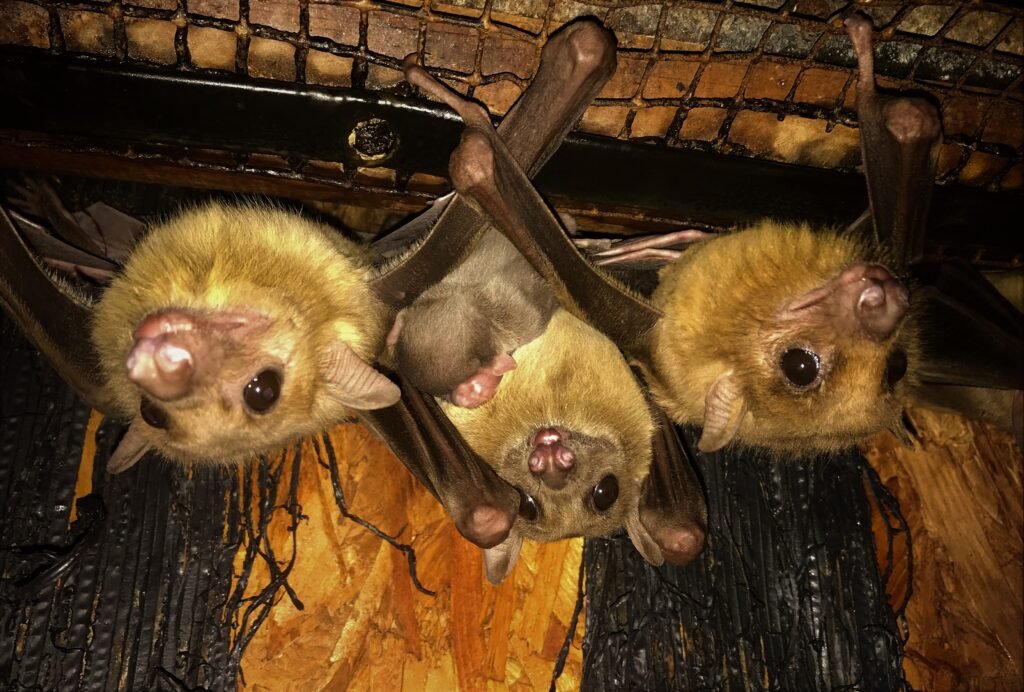
What’s the aim of this day?
To raise awareness about the vital role these flying mammals play in our ecosystem and playing such an important role in many habitats around the world. There are more than 1,300 species of bats in the world with 18 of them being found in the UK, the largest being the noctule which weighs as little as four £1 coins, and the smallest, the pipistrelle, weighing as little as a 2p coin.
Microbats vs Megabats
There are two main types of bats microbats and megabats. Most bats are microbats, which eat insects like moths and they come out at night. Vampire bats are the only species of microbats that feed on blood rather than insects. This is why bats have received a bad reputation at times because people believing all bats have a taste for blood, but they actually prefer to drink from cattle and horses, not humans.
In contrast Megabats live in the tropics and have a diet consisting of fruit, nectar and pollen. They also have larger eyes and a stronger sense of smell than microbats but have smaller ears because they don’t echolocate.
Egyptian fruit bats
At the park we have a colony of Egyptian fruit bats located in the nocturnal house. True to their name these nocturnal mammals feed almost exclusively on soft fruits, we offer them a wide range in diet (bananas, oranges, pears, apples, melon to name a few).
We have a mixed gender group and often get babies. Females will give birth to one offspring after a gestation period of 105-120 days. The young will cling to the female for around 3 weeks until it can hang from a branch by itself and after 3 months it should be able to fly by itself.
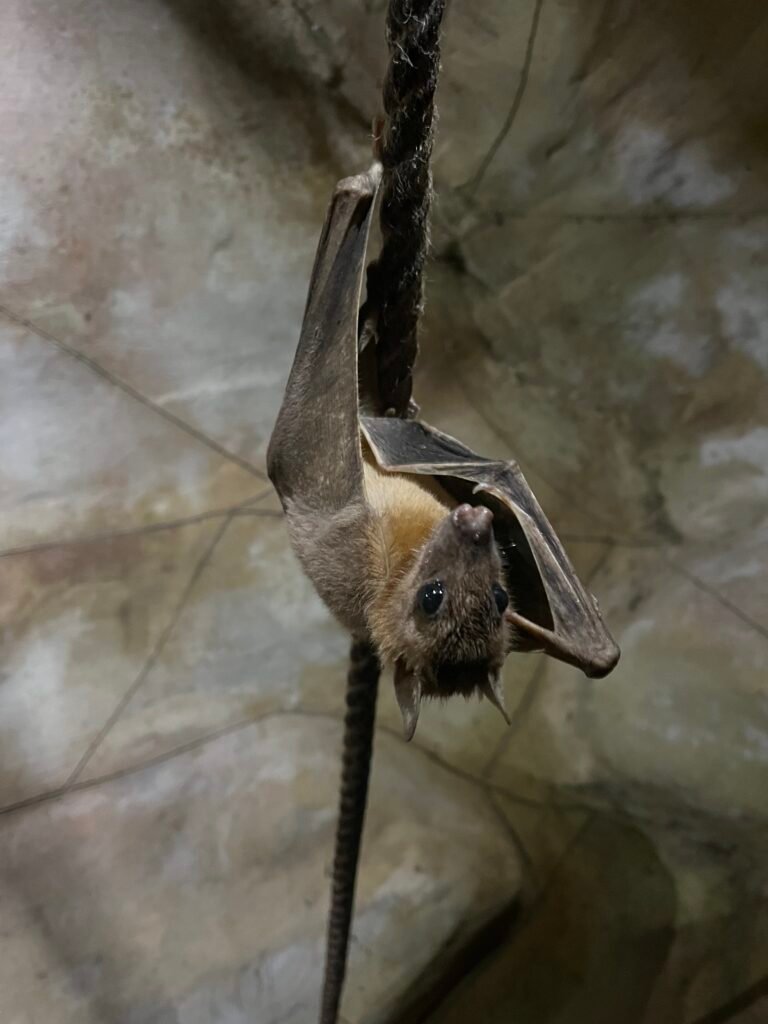
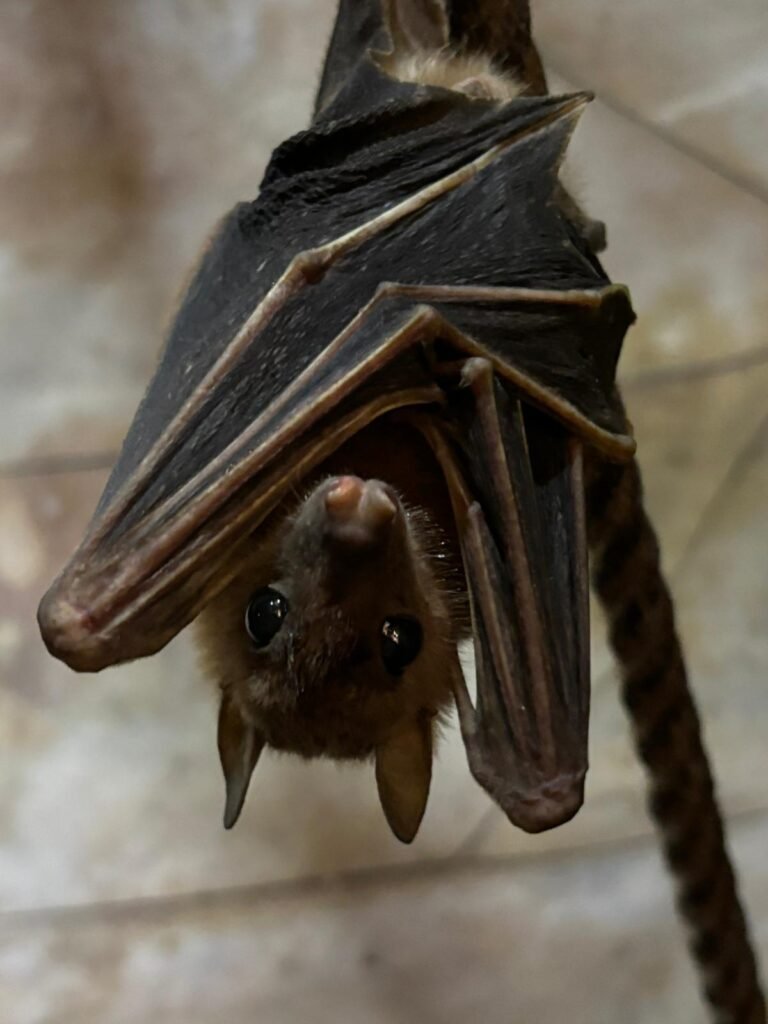
Why bats are important
In the UK some of the bats species are indicator species, changes to these bat populations can indicate changes in aspects of biodiversity. Bats might suffer when there are declines in insect populations or when habitats are destroyed or poorly managed, some bats only live in large or old woodlands.
Our native bats are mostly active in the summer months when they come out of hibernation, hunt insects, give birth and raise young.
From my personal experiences the best time to see them is around sunset when it is warm and dry.
To really experience the bat’s world, it’s worth borrowing or buying a bat detector to hear their high frequency clicks they make while using echolocation to hunt. Finding out the frequency of their calls will let you identify what bat species is above you in the dark.
Bat facts
Here are some facts for you to try and remember:
- Around a fifth of all mammals on earth are bats.
- The scientific name of bats is Chiroptera, meaning ‘hand wing’.
- Some bat species can eat up to 1,200 mosquitoes an hour.
- When in flight, a bat’s heart can beat 1,000 times a minute.
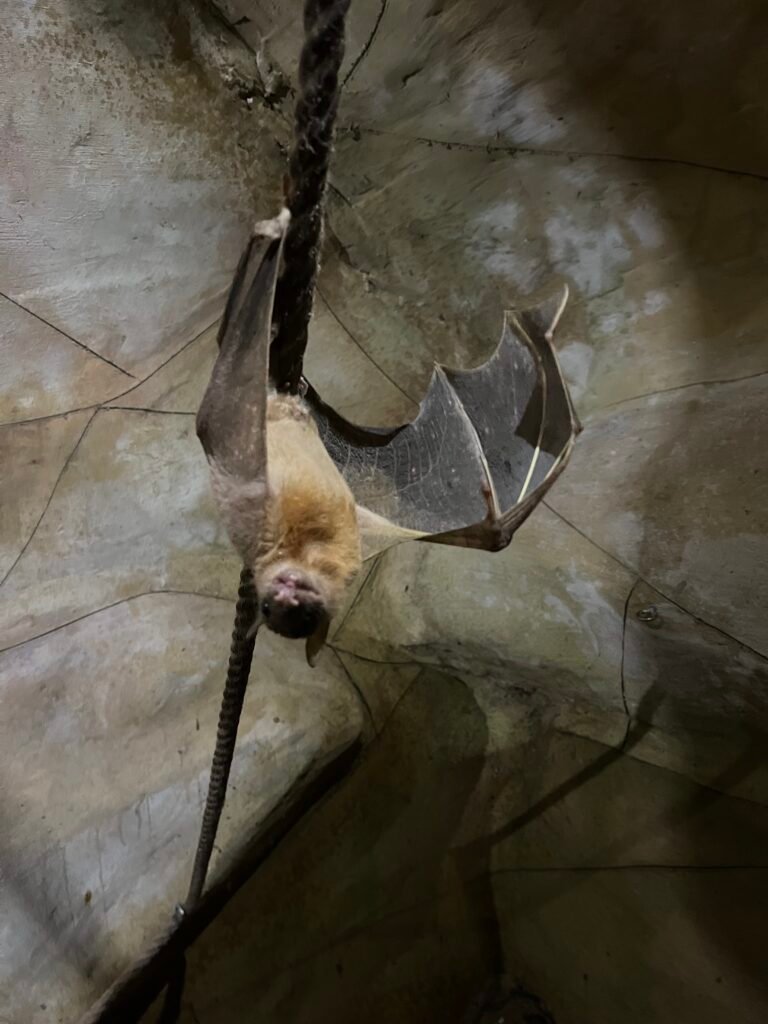
We love bats, do you?
Despite all the misconceptions surrounding bats, they are very important to humans and the environment.
Microbats consume millions of bugs a night, acting as a natural pest control for plants. Whilst, Megabats pollinate plants so they can produce fruit. A lot of plant species for example, mangos, bananas depend on bats for pollination. Another benefit is helping in dispersal of seeds so rainforests can grow, this in turn will mitigate the effects of widespread deforestation.
As we approach longer warmer drier evenings have a look up at the sky and see if you can spot yourself a bat.
Source: winghamwildlifepark.co.uk


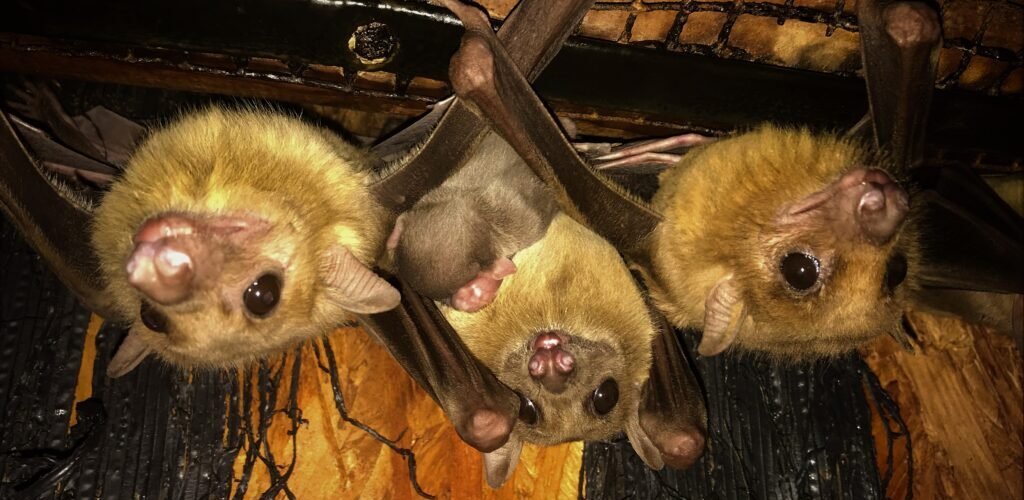



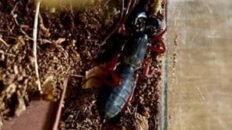


 Please wait...
Please wait...

Add comment